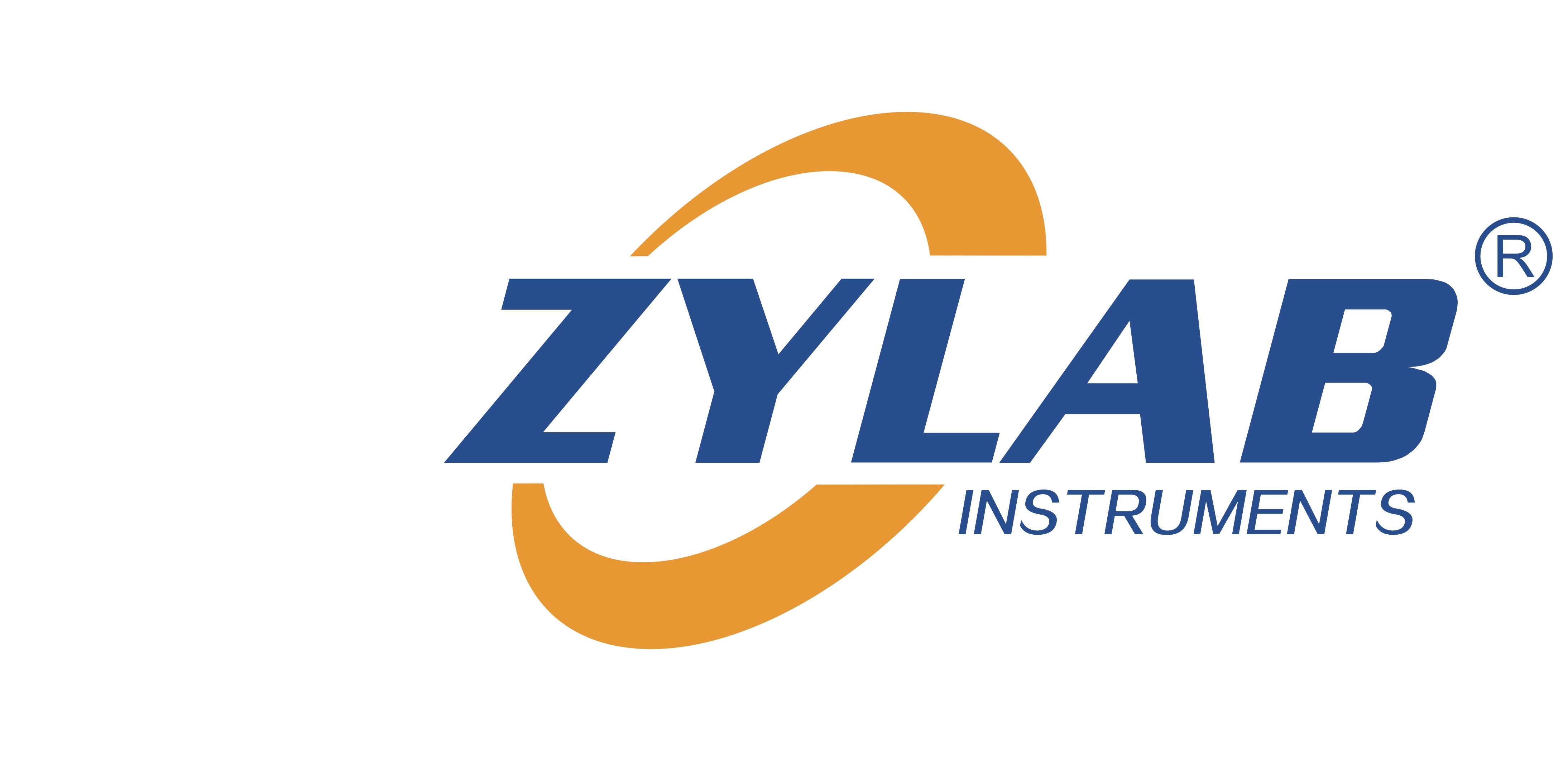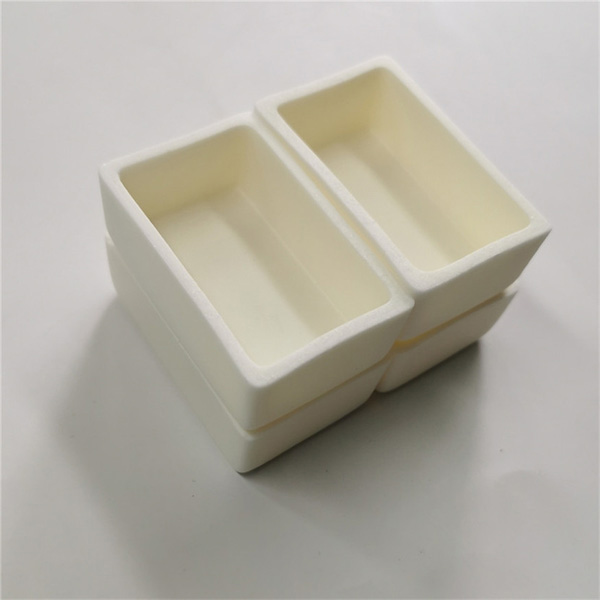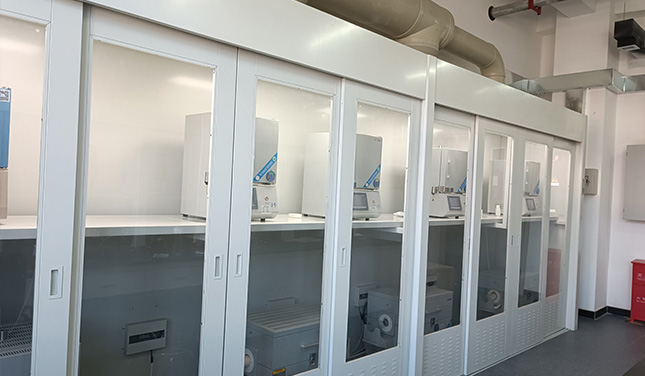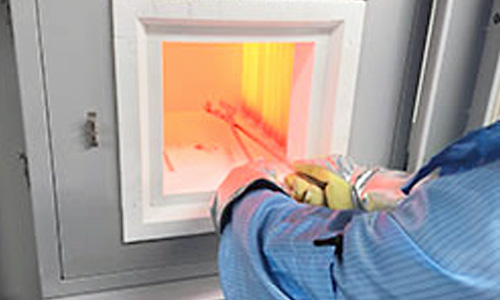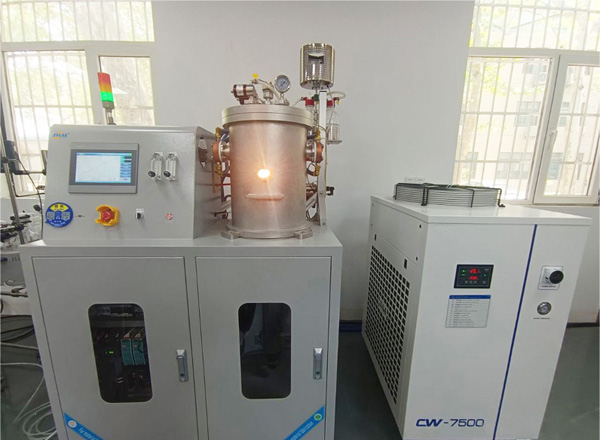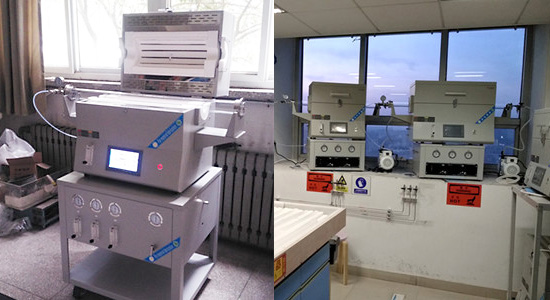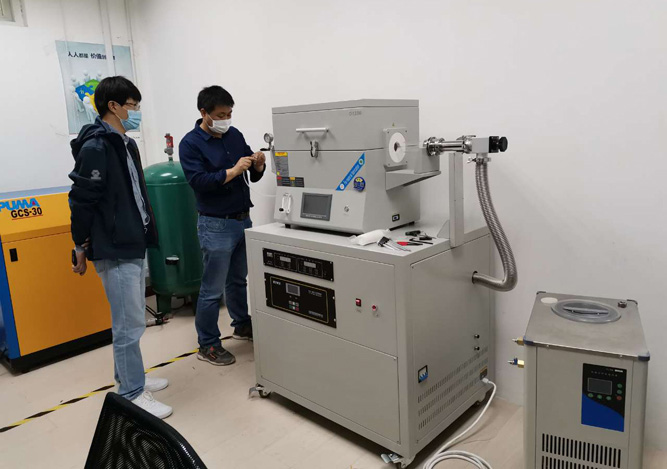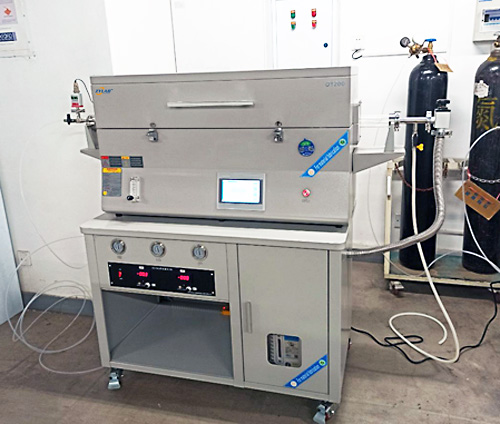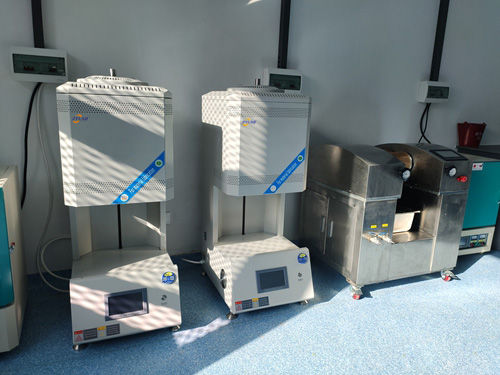Alumina crucibles (Al₂O₃) are widely used in high-temperature applications such as ceramic sintering, metal melting, and powder heat treatment thanks to their excellent thermal stability and chemical resistance.
However, users often encounter cracking issues during use, which can lead to wasted materials, failed experiments, and production delays.
Category Archives: Laboratory
Laboratory
When it comes to working at temperatures above 1000°C, what’s happening around your material can be just as important as what’s happening to it. That’s where atmosphere control comes in — a silent, invisible force that shapes everything from material quality to process safety.
In recent years, laboratory environments have undergone a quiet but powerful transformation. As demands for precision, efficiency, and repeatability increase across materials science, electronics, and additive manufacturing, automated heat treatment systems are emerging as a core enabler of next-generation research and production workflows.
Learn how to retrieve materials safely from a hot laboratory furnace—up to 1100°C—with modern design enhancements like lifting platforms and automated control systems.
Developing advanced Mo alloys requires precise control over the alloying process, and this is where the High Vacuum Tungsten Wire Furnace becomes indispensable.
In this blog, we will explore the key role of this specialized furnace in molybdenum alloy research, focusing on its features, benefits, and practical applications.
Controlling gas flow in a tube furnace is critical for processes like CVD (Chemical Vapor Deposition), heat treatment, atmosphere sintering, and annealing. Whether you’re running a research laboratory or an industrial production line, accurate gas flow control ensures process stability and repeatability.
Achieving high-quality SiC coatings requires advanced deposition technologies, and among them, High Vacuum Chemical Vapor Deposition (CVD) Furnaces stand out as a preferred solution. In this article, we explore how high vacuum CVD furnaces are used for SiC coating preparation and why they are crucial in modern material science.
CVD (Chemical Vapor Deposition) tube furnace sintering systems play a crucial role in achieving high-quality 2D material growth and structural refinement. In this blog, we explore the applications of CVD tube furnace sintering systems in 2D material synthesis and processing.
Choosing the right sintering equipment is key to ensuring uniform heating, safe handling, and high precision for these large-scale components. In this guide, we explore why a bottom-loading sintering furnace is the ideal choice for large workpiece sintering applications.
In this blog, we will explore how to effectively sinter silicon carbide components using a vacuum atmosphere muffle furnace, the key benefits of this process, and why ZYLAB’s furnaces are trusted by professionals across various industries.
